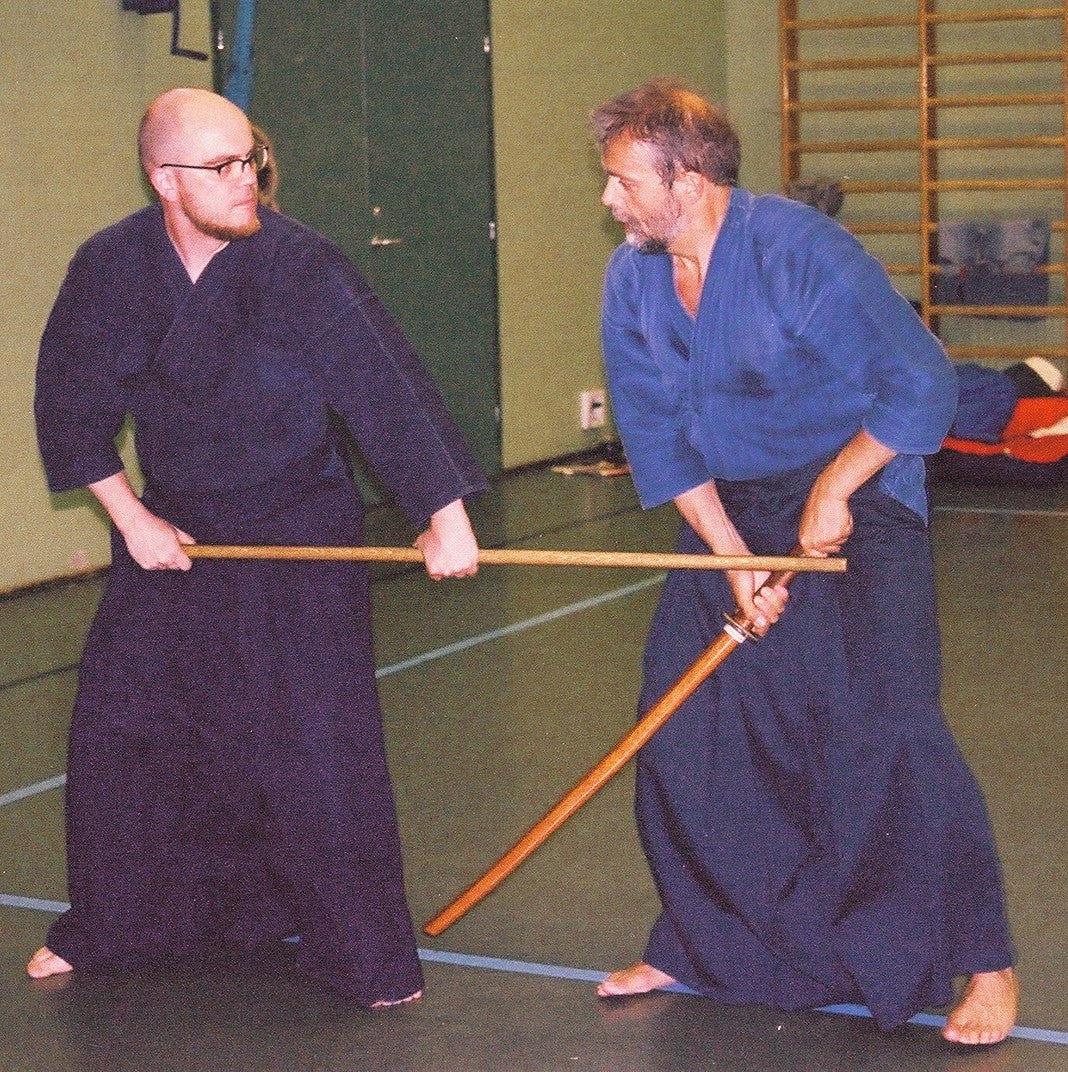Tu carrito está vacío

 Not to be confused with judo, jōdō is traditional Japanese martial art that involves the use of a short staff to defend against sword-based attacks from an opponent. While it's not as popular as kendo or kenjutsu, it's still a core element of traditional Japanese martial arts. To learn more about jōdō and its origins, keep reading.
Not to be confused with judo, jōdō is traditional Japanese martial art that involves the use of a short staff to defend against sword-based attacks from an opponent. While it's not as popular as kendo or kenjutsu, it's still a core element of traditional Japanese martial arts. To learn more about jōdō and its origins, keep reading.
History of Jōdō
Like other traditional Japanese martial arts, the exact origins of jōdō remain unknown. It's believed, however, that the art originated around 400 years ago. According to legend, a great swordsman known as Muso Gennosuke Katsuyoshi won a battle with another swordsmen. The battle wasn't exactly fair given that Katsuyoshi was armed only with a staff, whereas his opponent held a sword. Nonetheless, Katsuyoshi was able to defend himself against his opponent, eventually overcoming the odds and winning the match.
After winning the match, Katsuyoshi embarked on a journey to Mt Homan, where he began training with the staff as a defensive weapon. It's said that Katsuyoshi received a divine vision that encouraged him to pursue this practice as a new style of martial art. The validity of this legend is, obviously, open for debate. Regardless of when or how it originated, though, jōdō is now an integral part of traditional Japanese martial arts.
About Jōdō
The fundamental purpose of jōdō is to defend oneself from incoming sword attacks from an opponent using a staff. It may sound difficult, or even impossible, but staves have long been used for this purpose. Jōdō teaches practitioners how to effectively use staves to defend against sword attacks.
The 2 Branches of Modern Jōdō.
The art of jōdō has evolved since its origins many centuries ago. Today, there are now two primary branches of this defensive martial art. The traditional, oldest branch of jōdō is koryu, which is subdivided into several other separate schools, one of which is jojutsu. The defining characteristic of koryu is that it teaches practitioners how to use other weapons like the katana, naginata, short staff, grappling hook and more. With that said, most practitioners focus their training on a single weapon.
The second branch of jōdō is Seitei Jōdō. Practiced by the All Japan Kendo Federation (AJKF), it's more heavily regulated than its koryu counterpart. Practitioners of Seitei Jōdō perform a dozen rounds of kata while practicing with their preferred weapon.